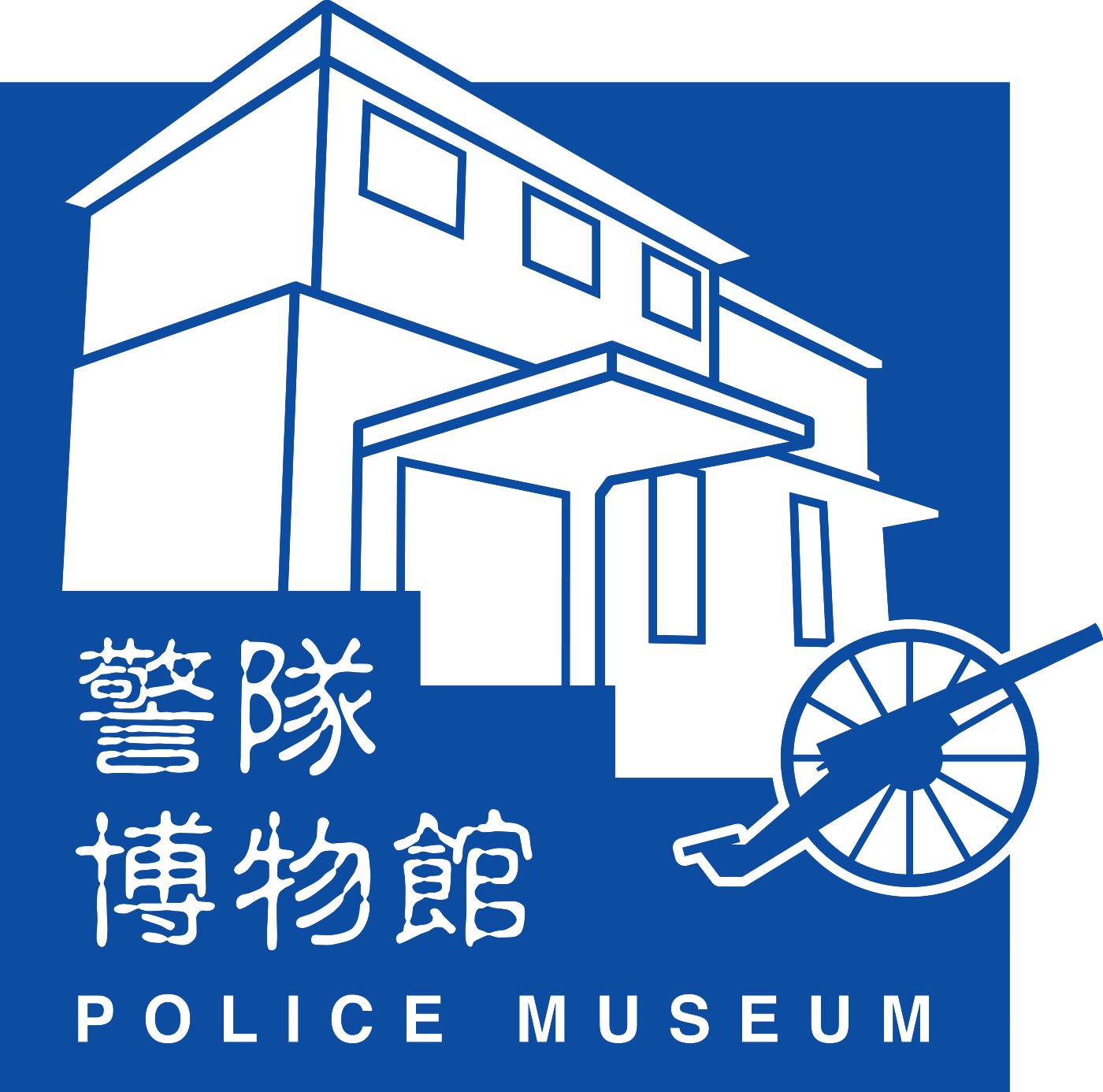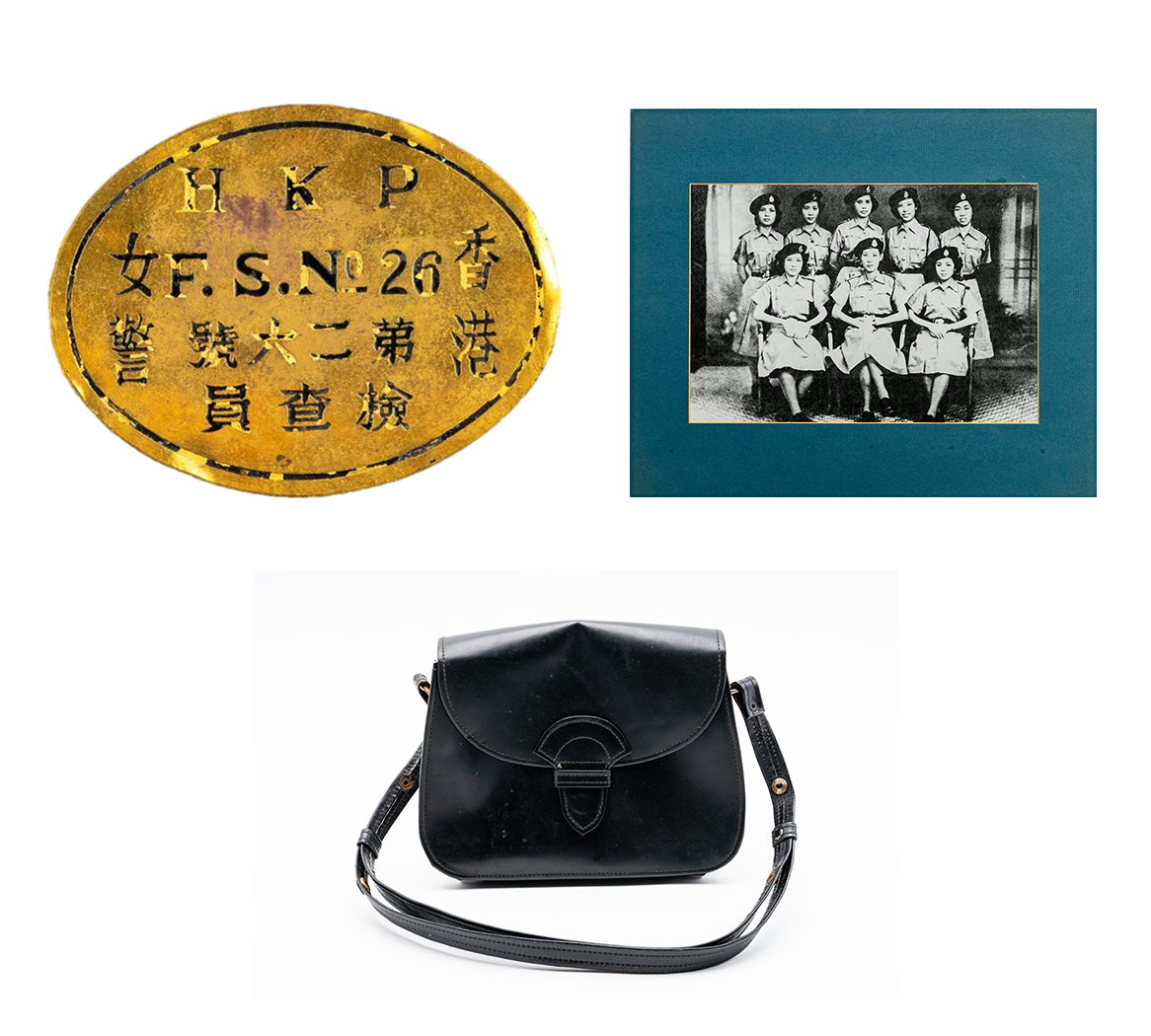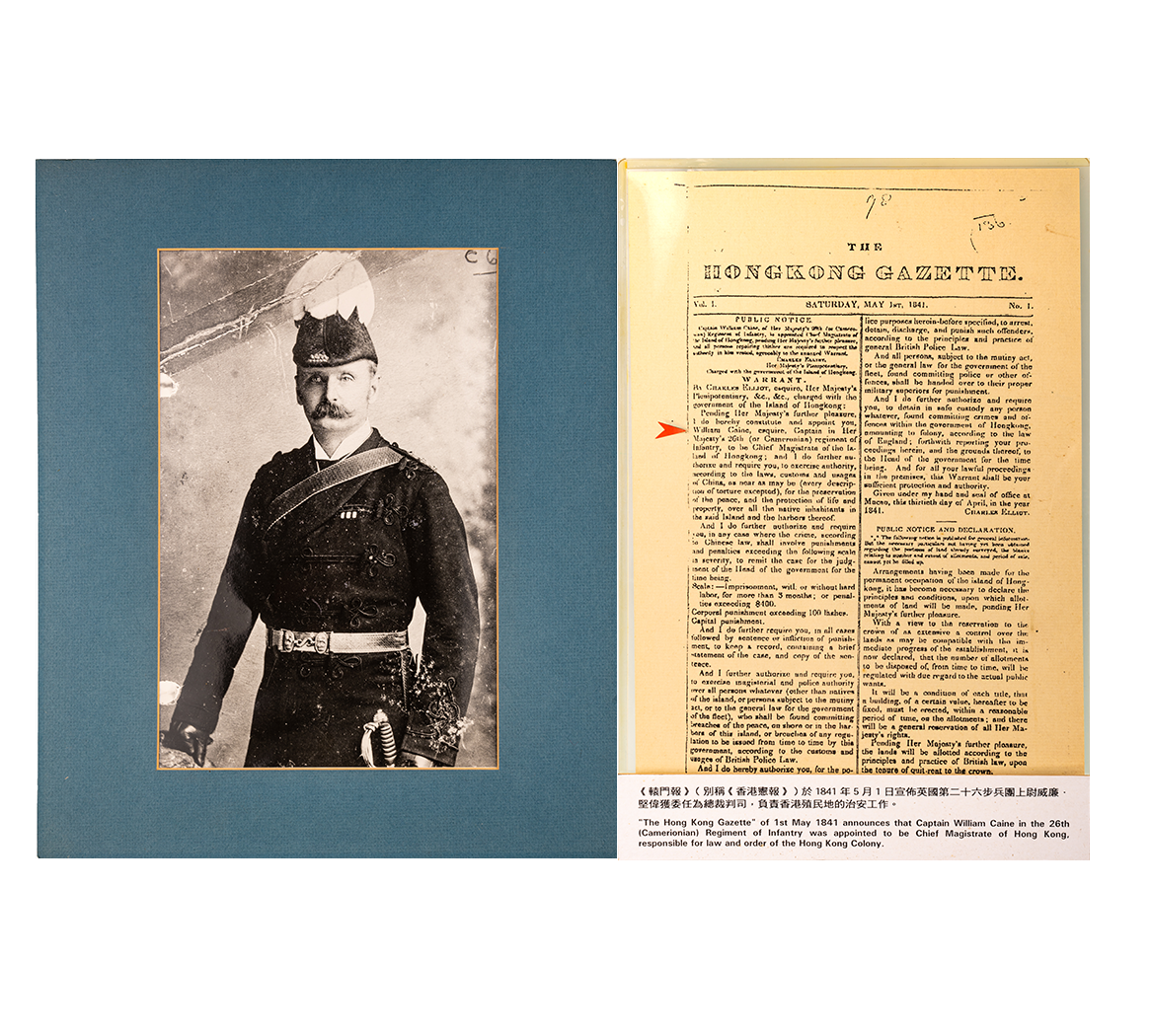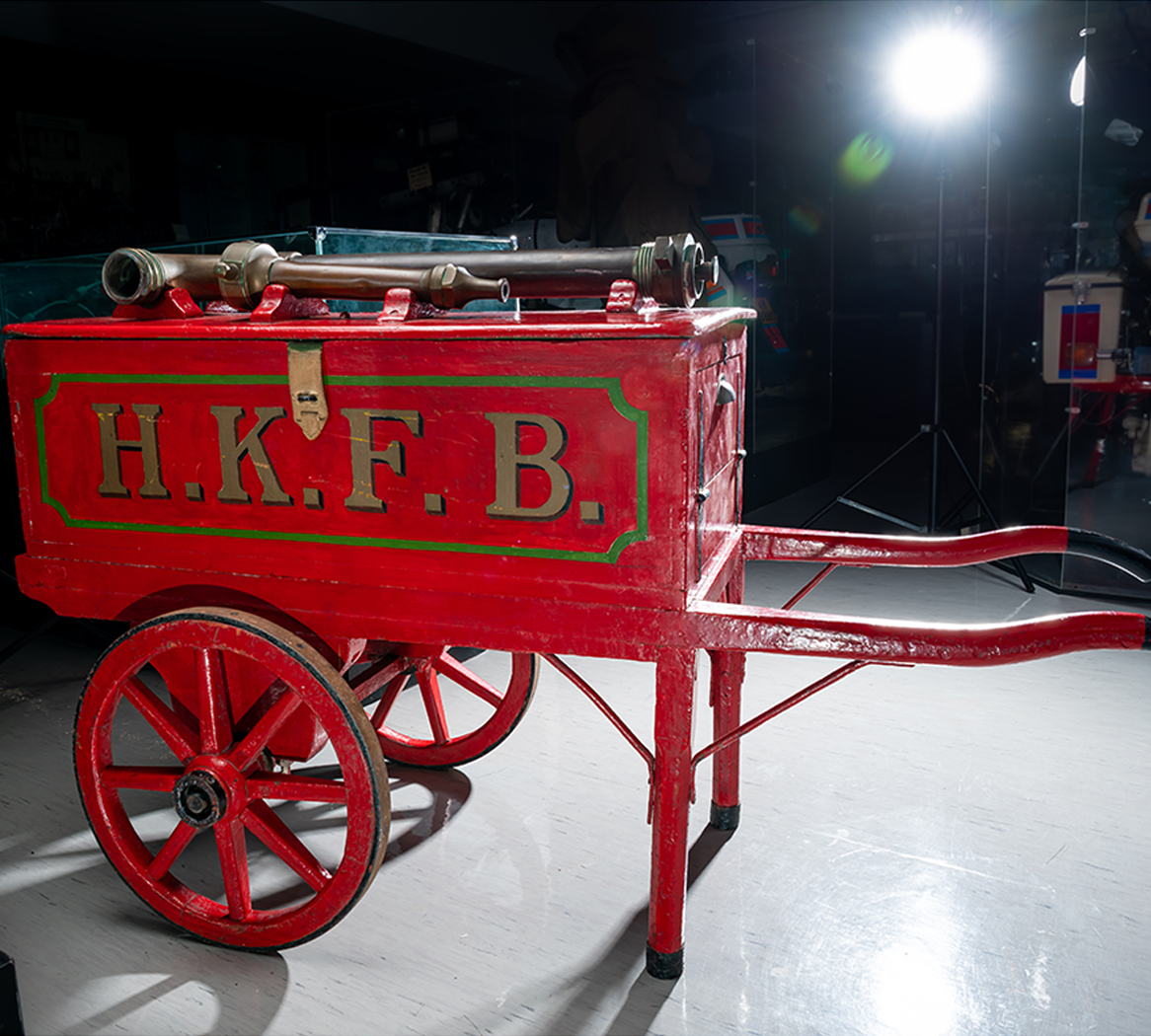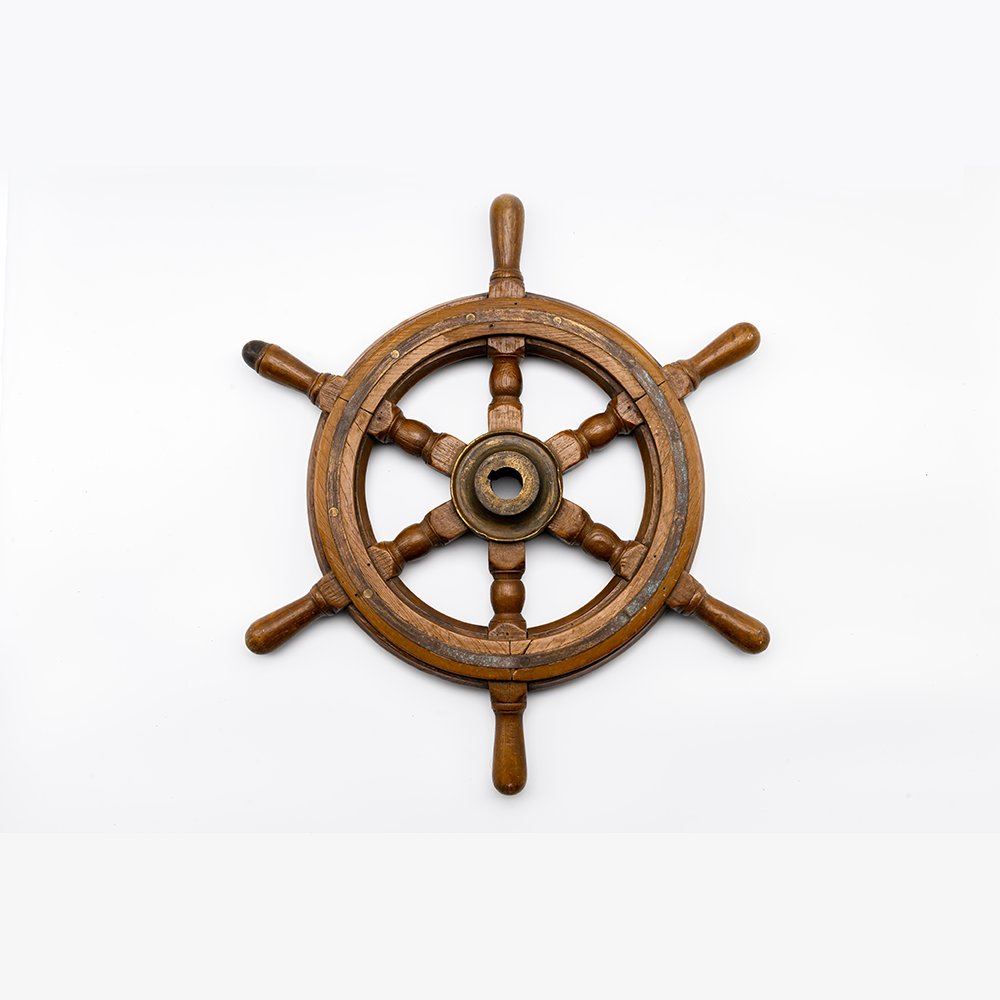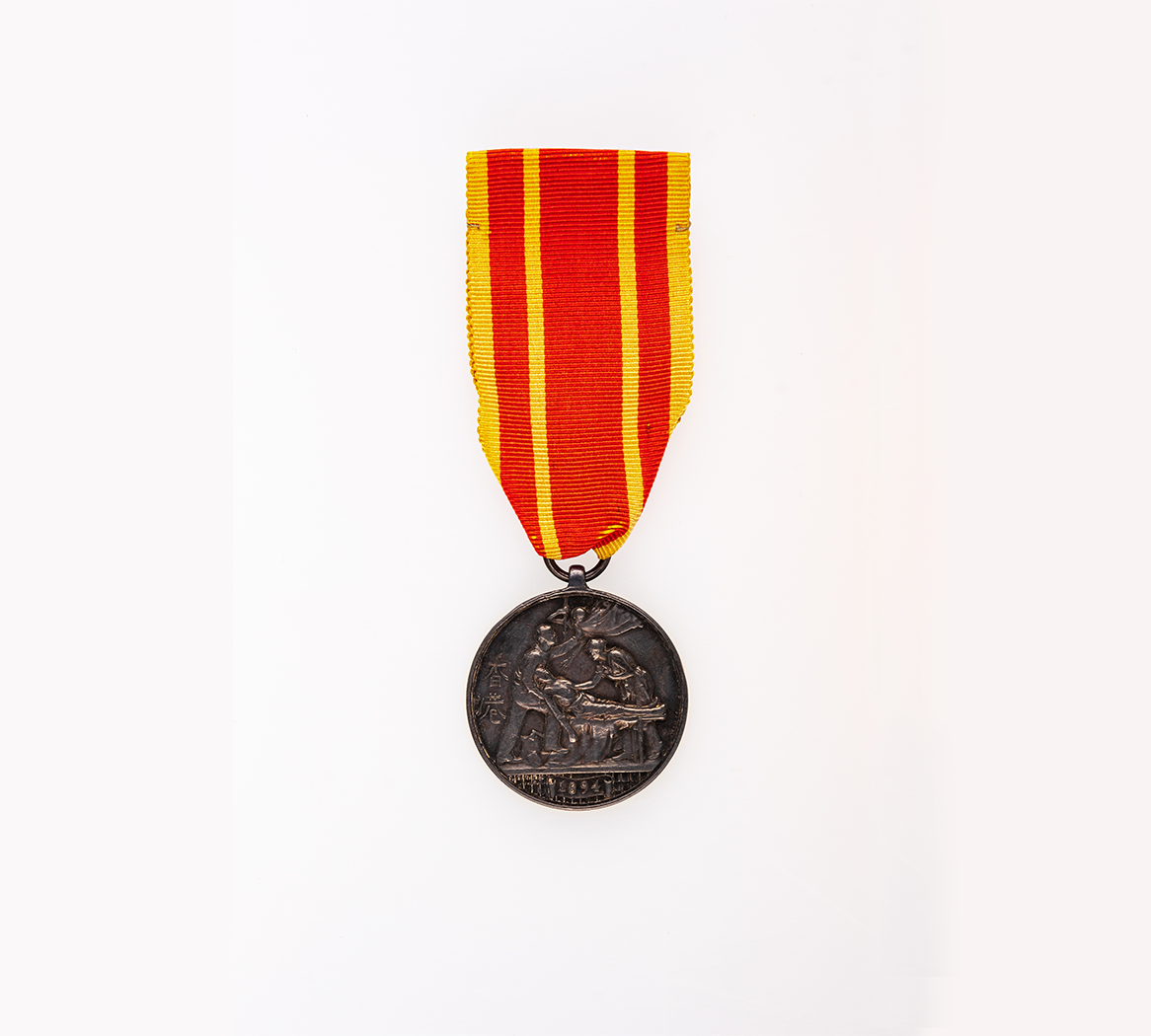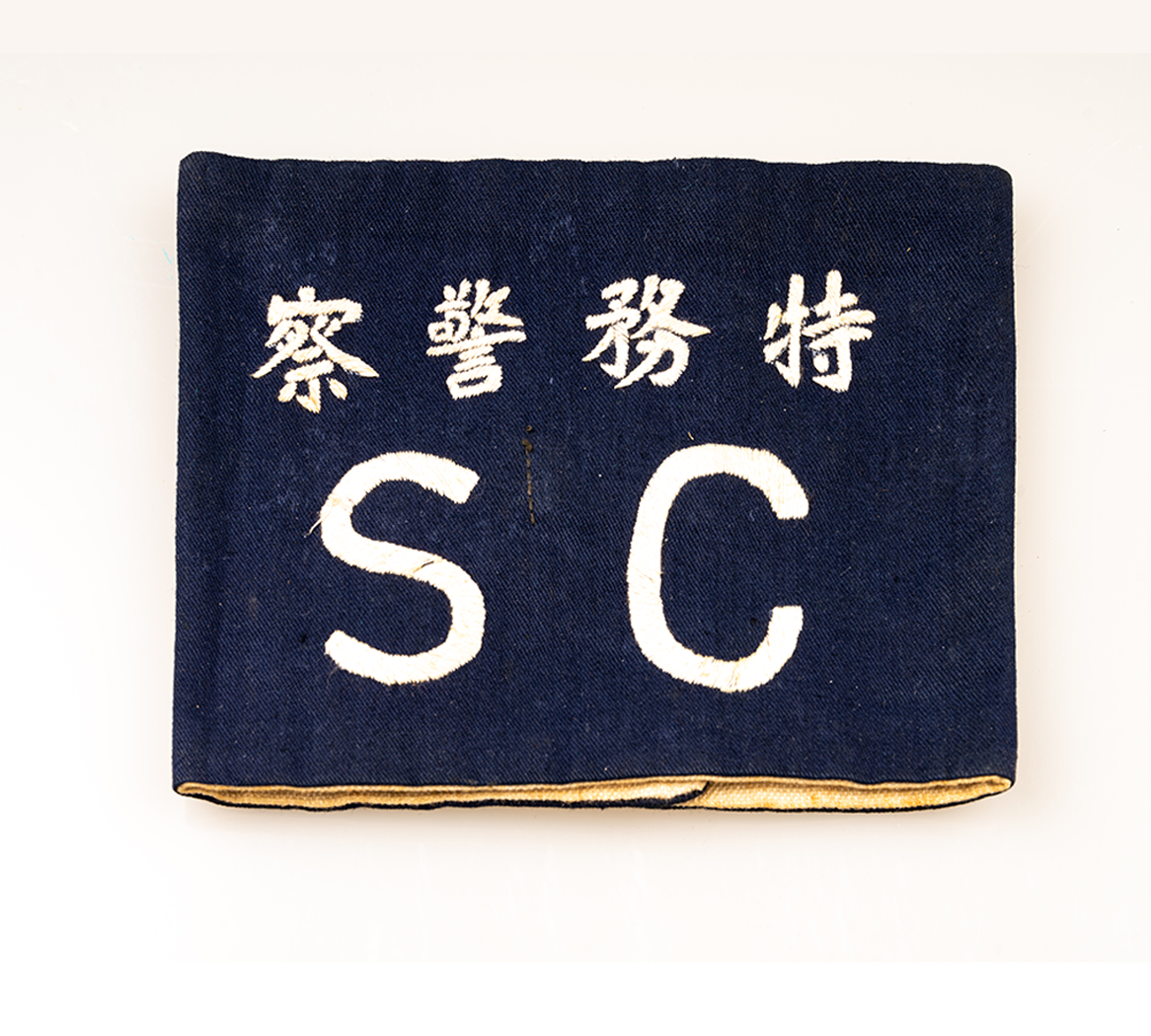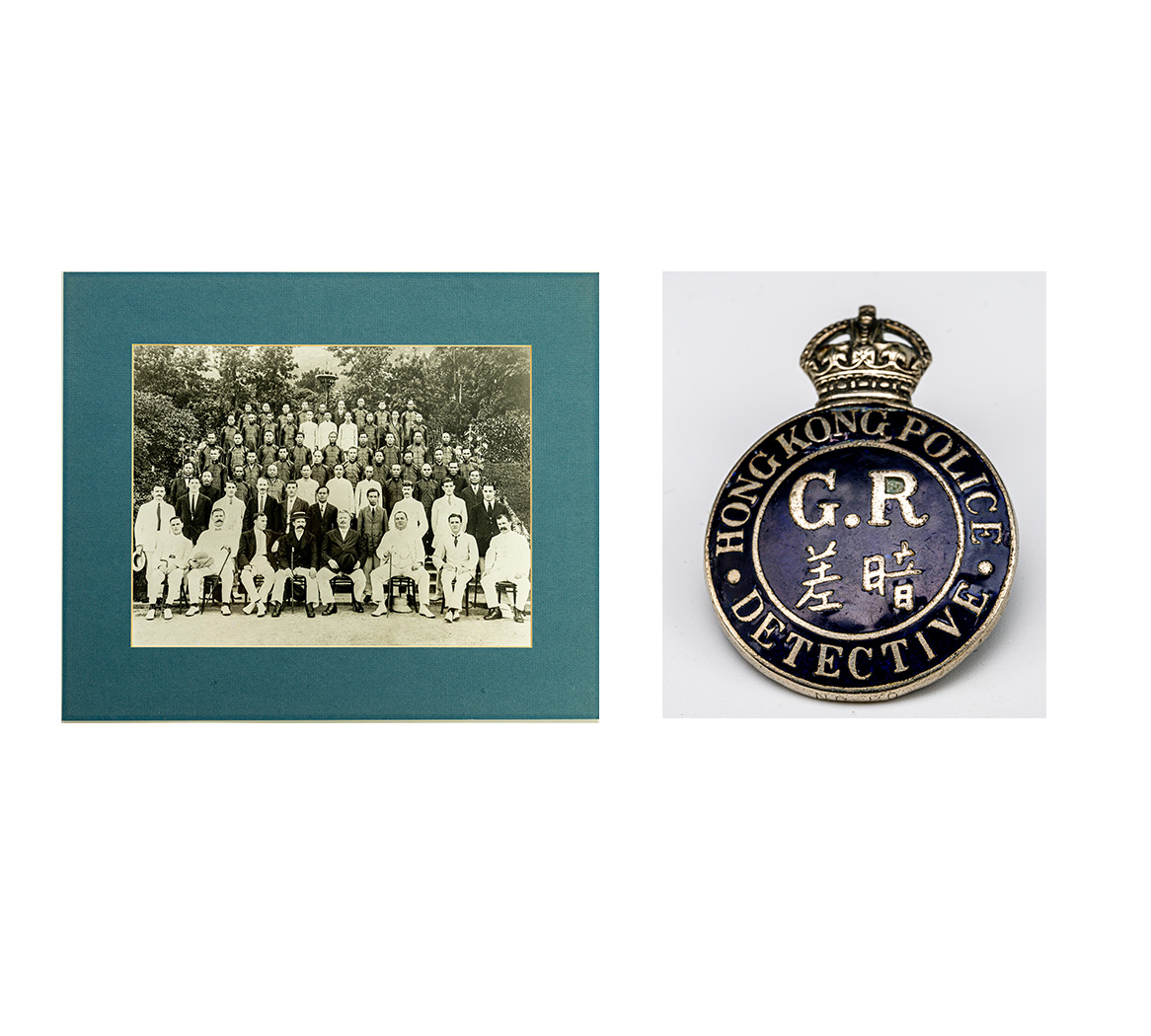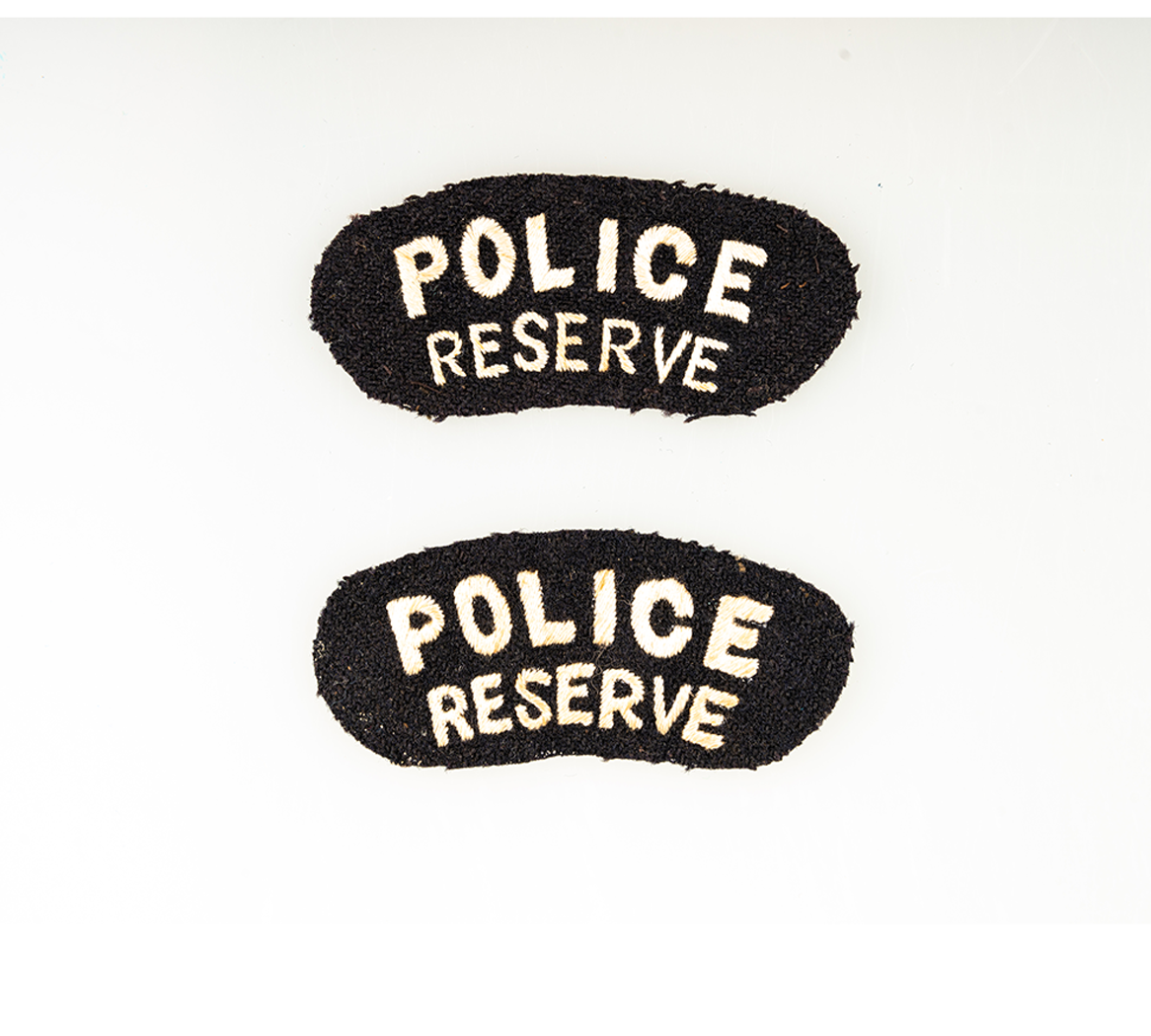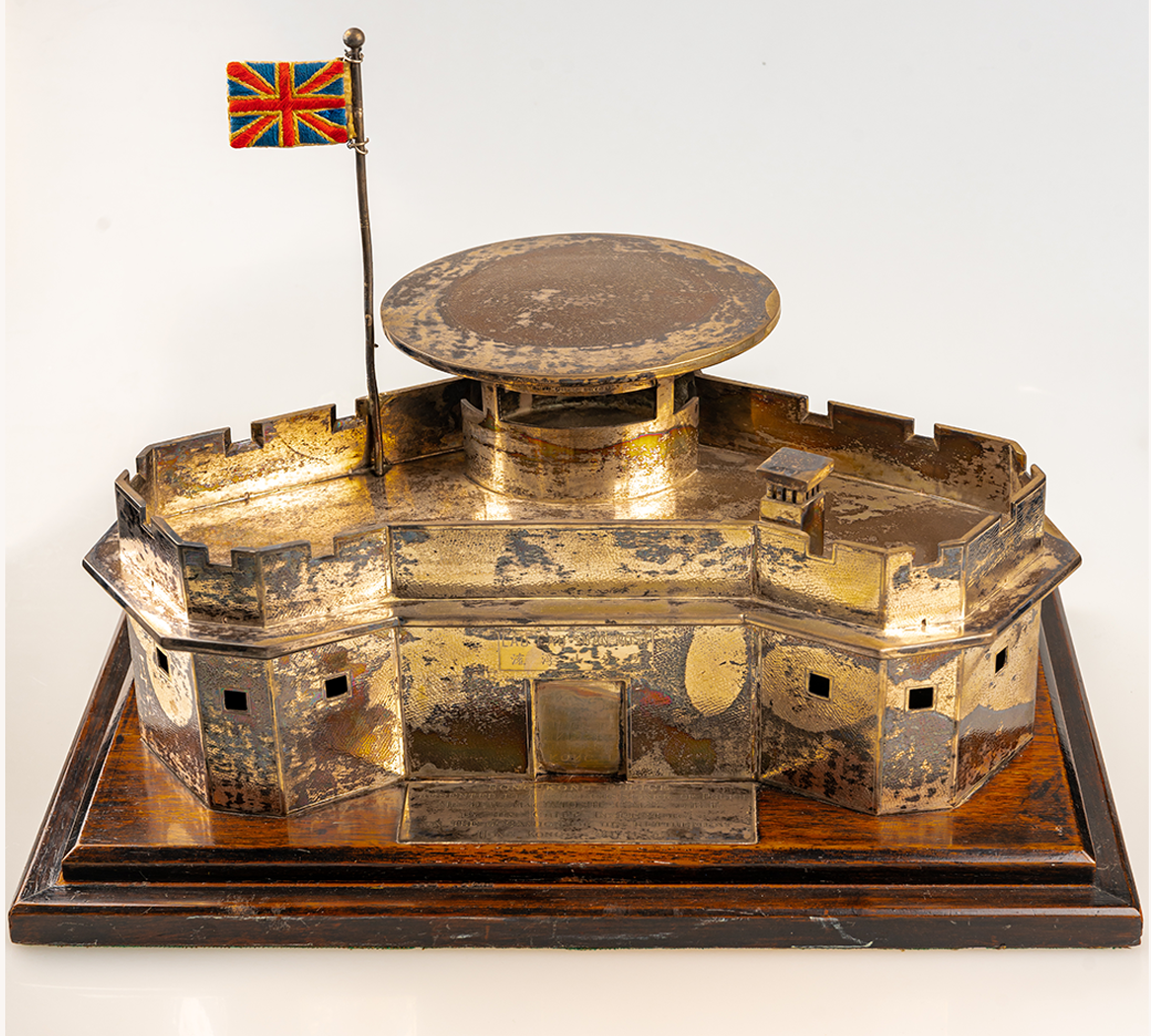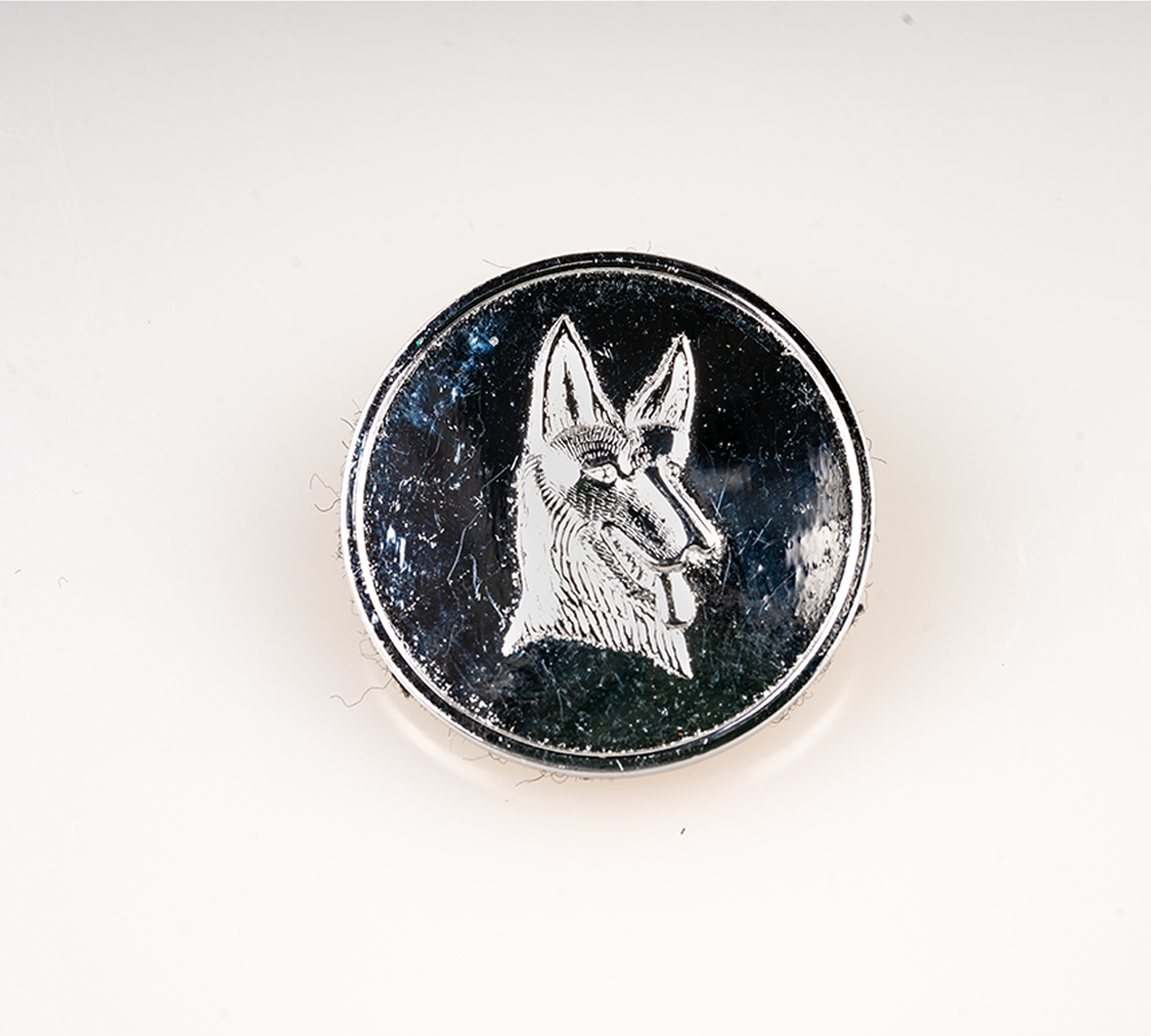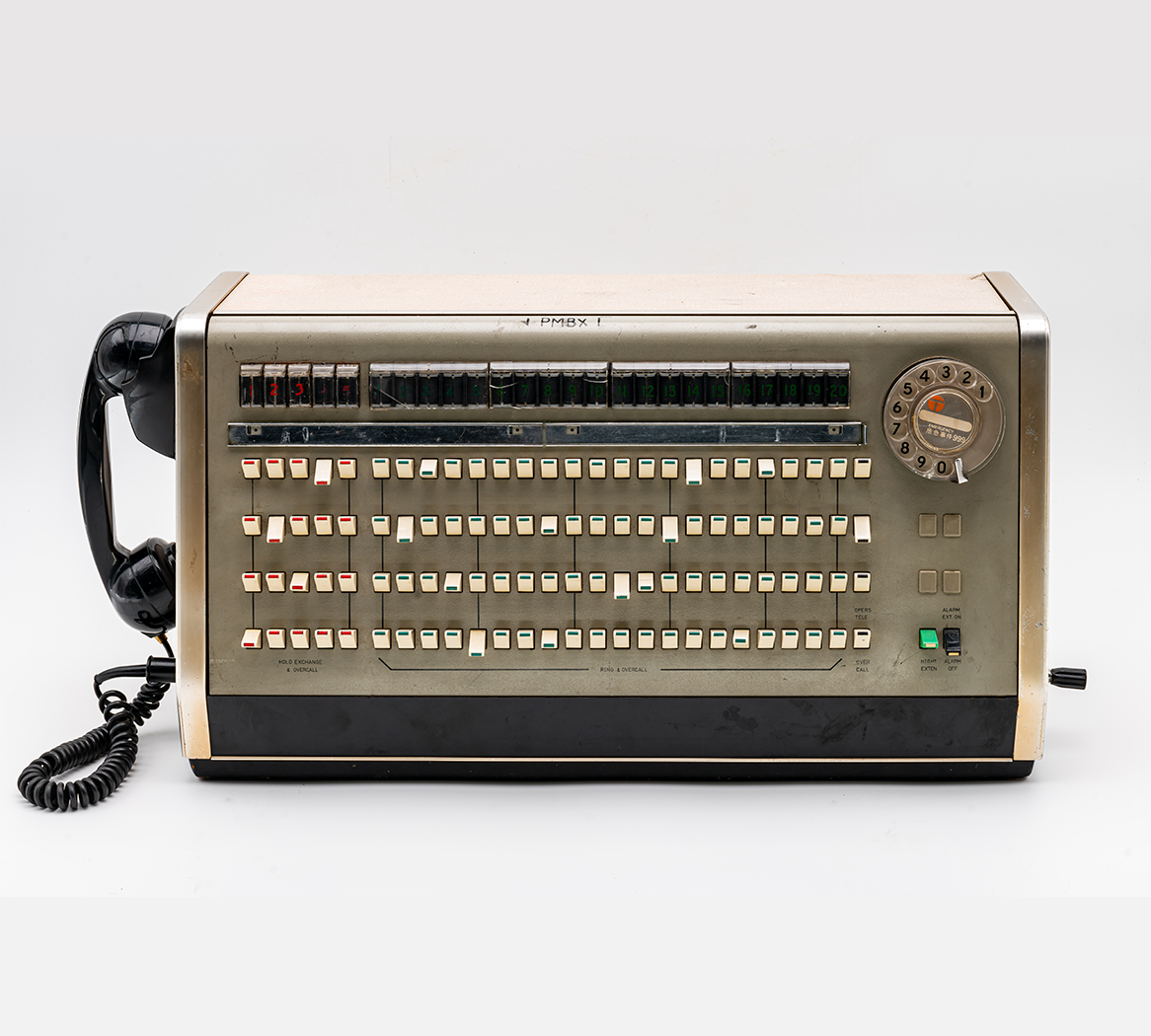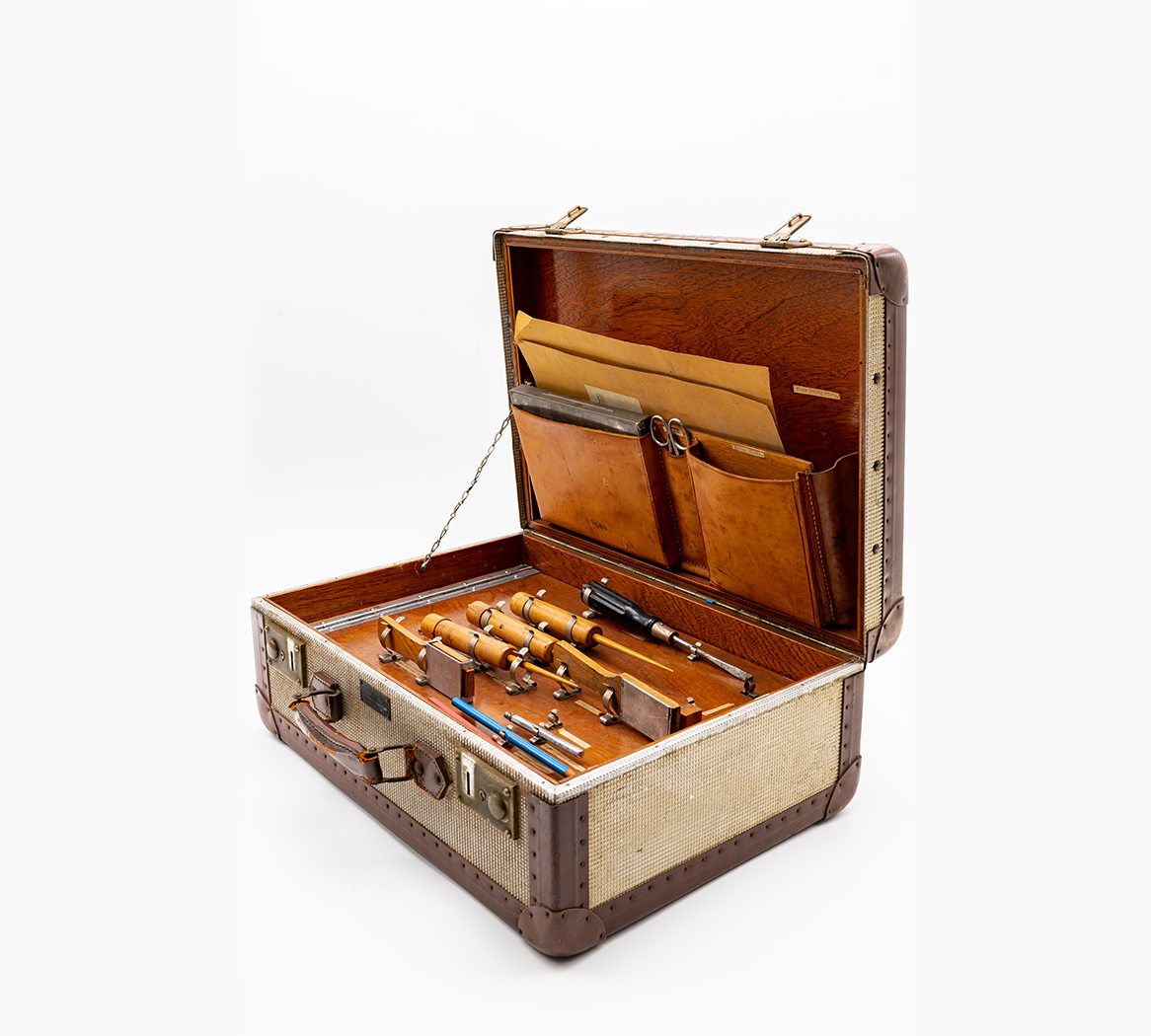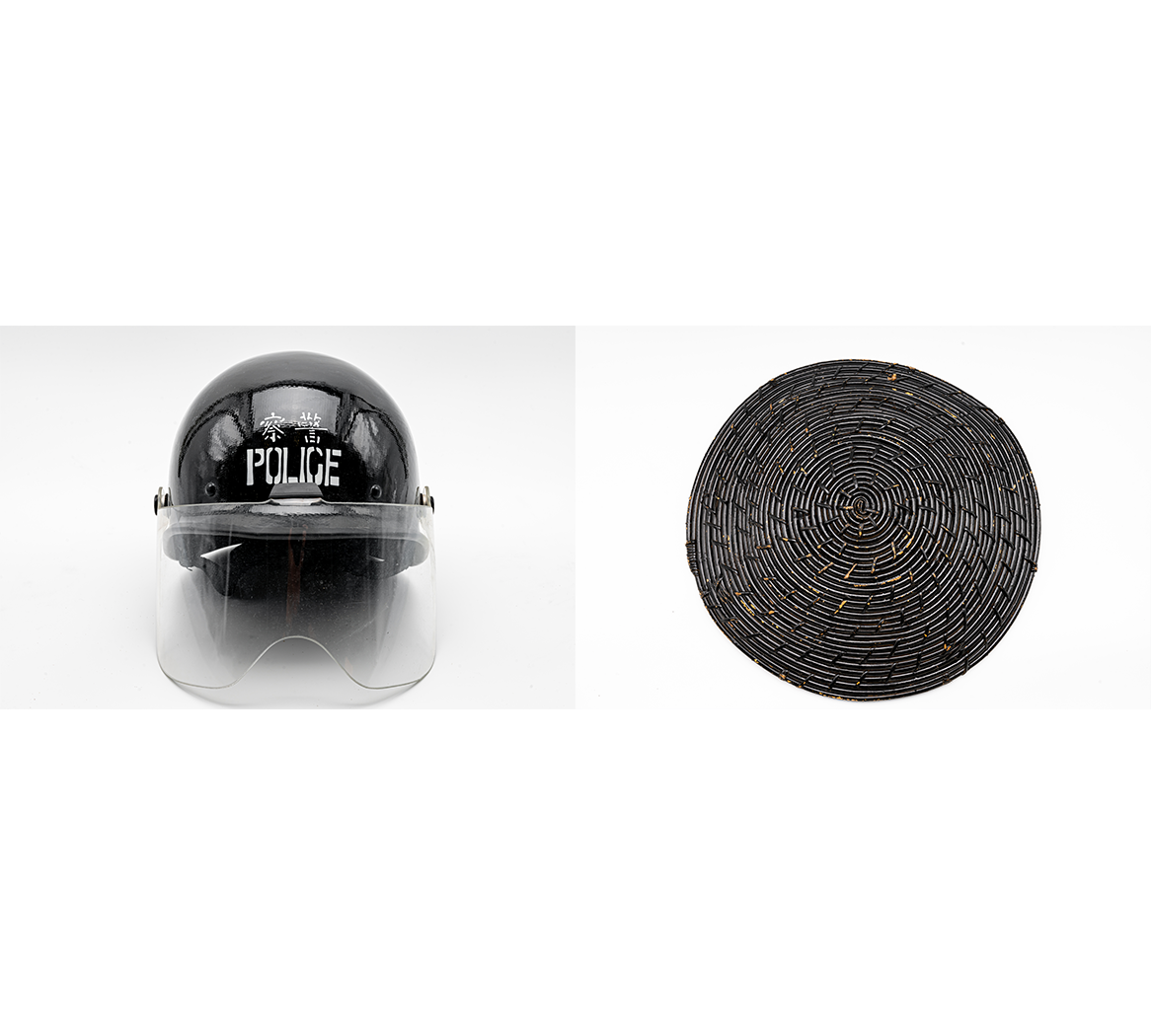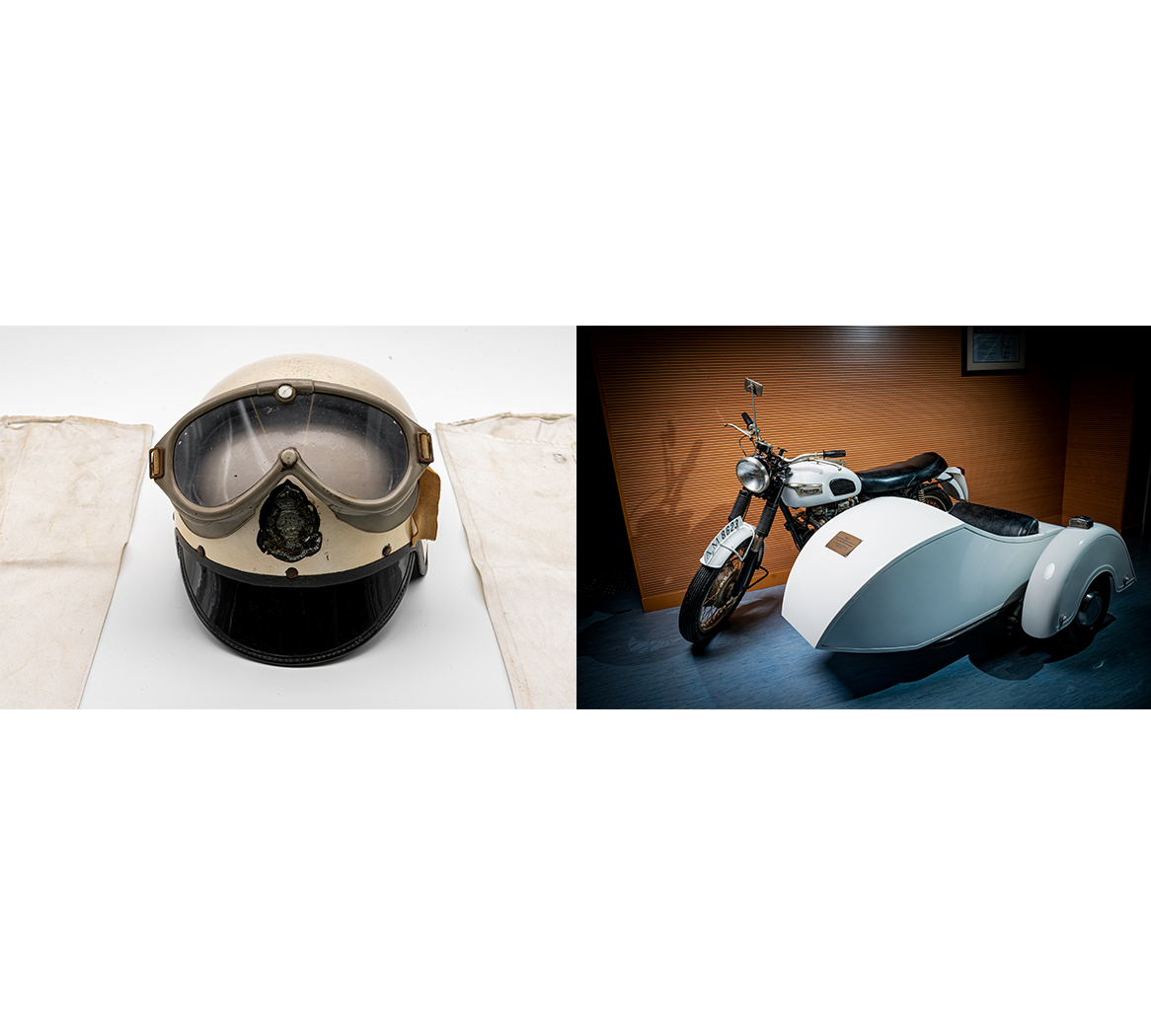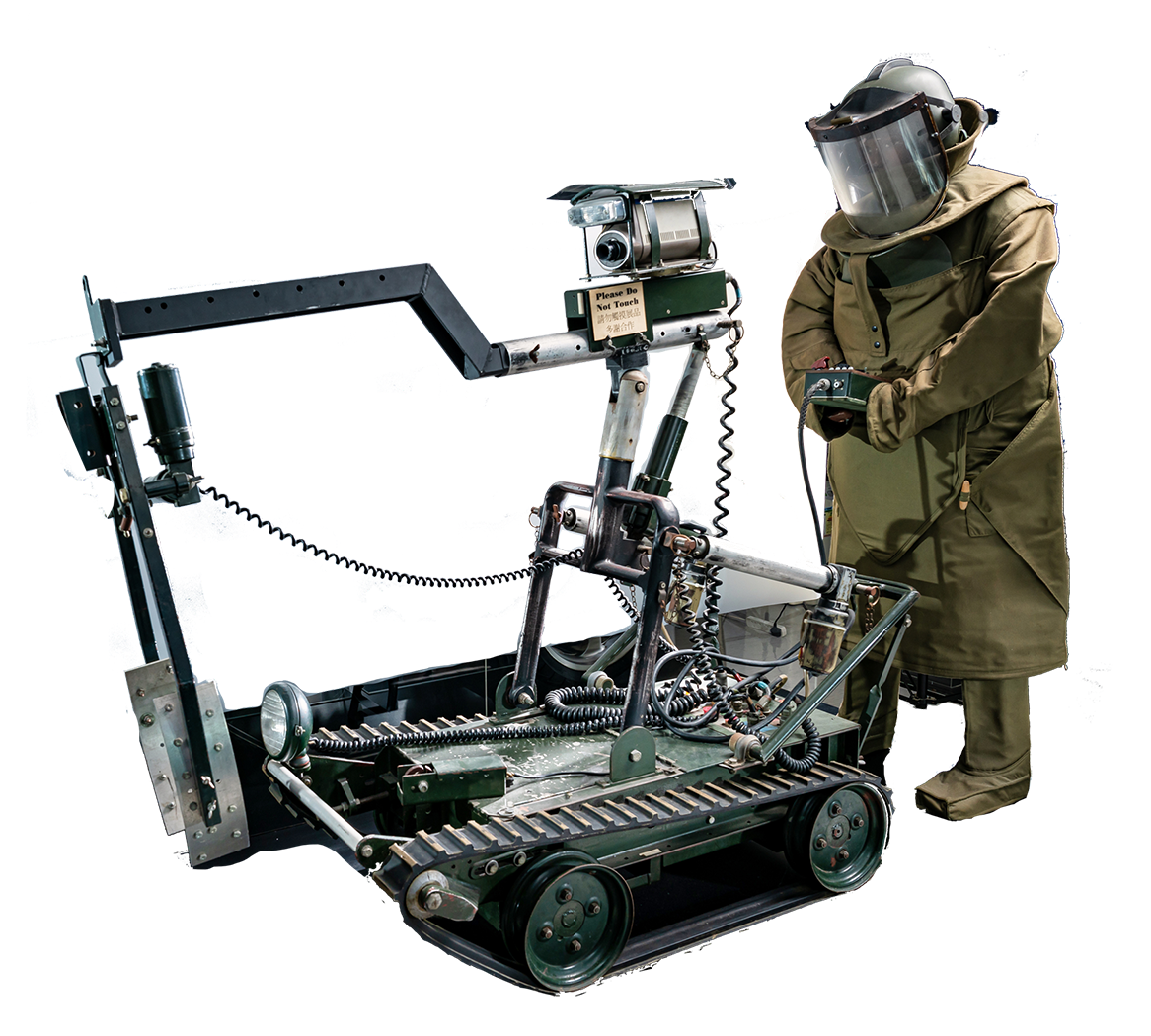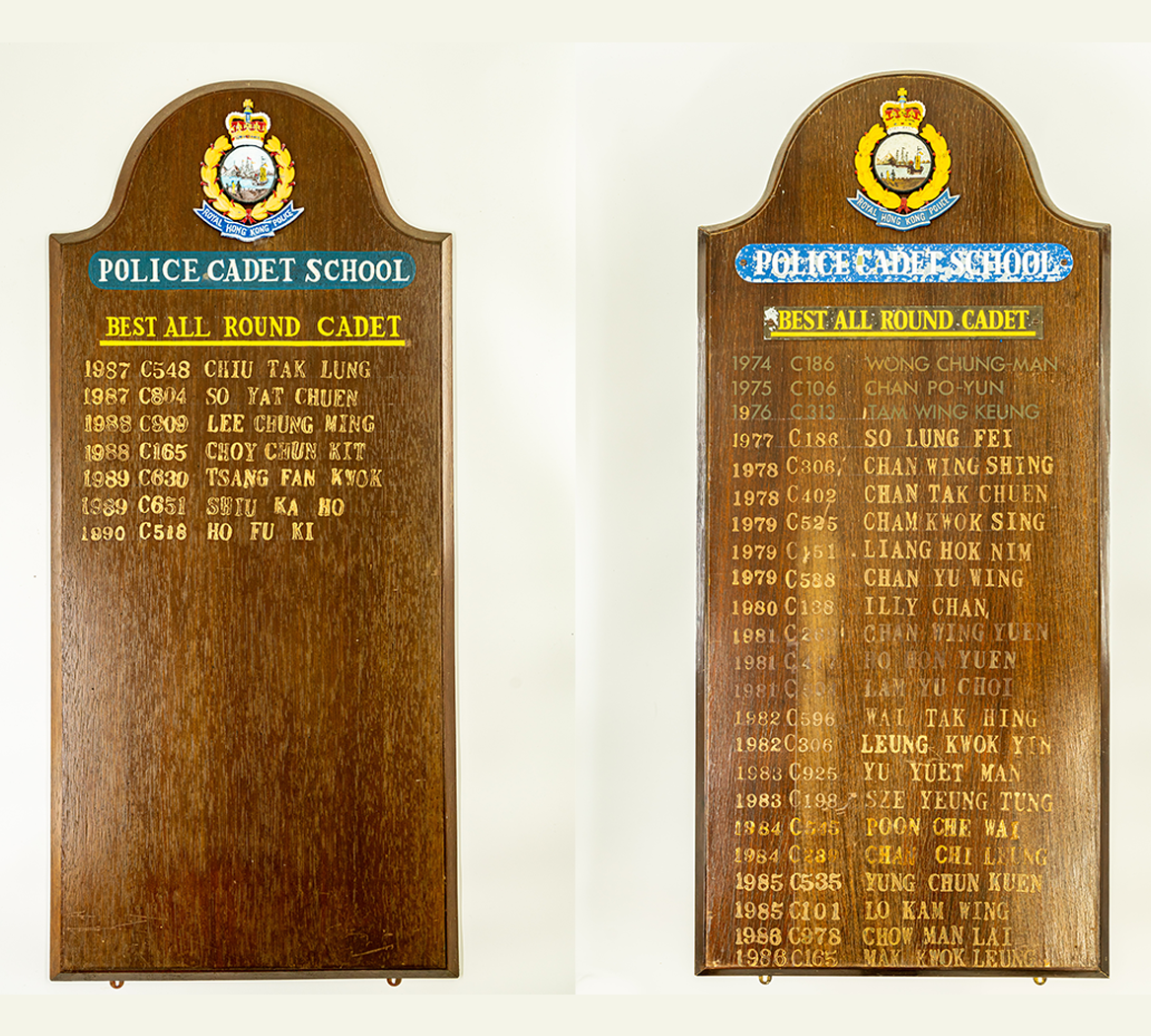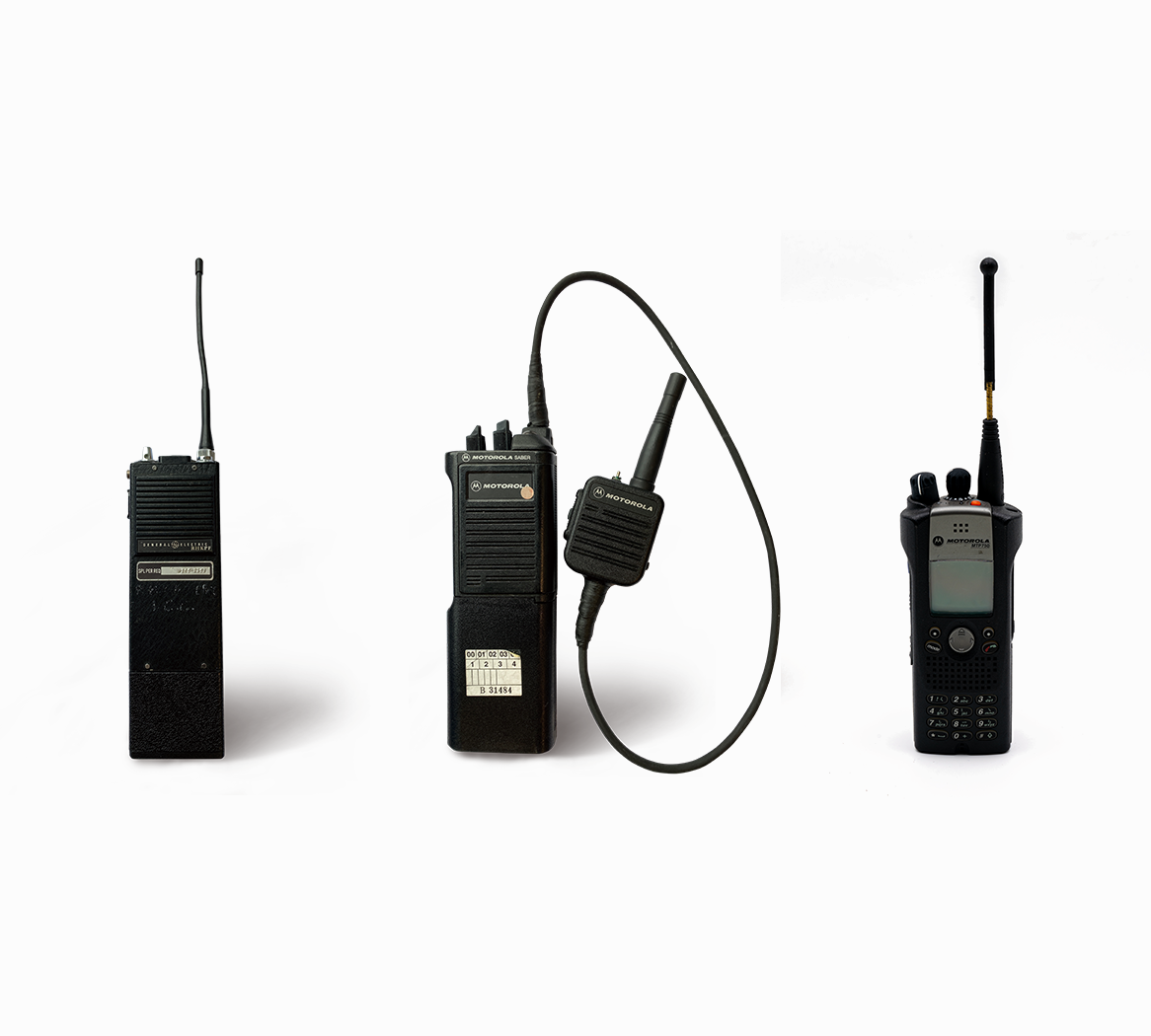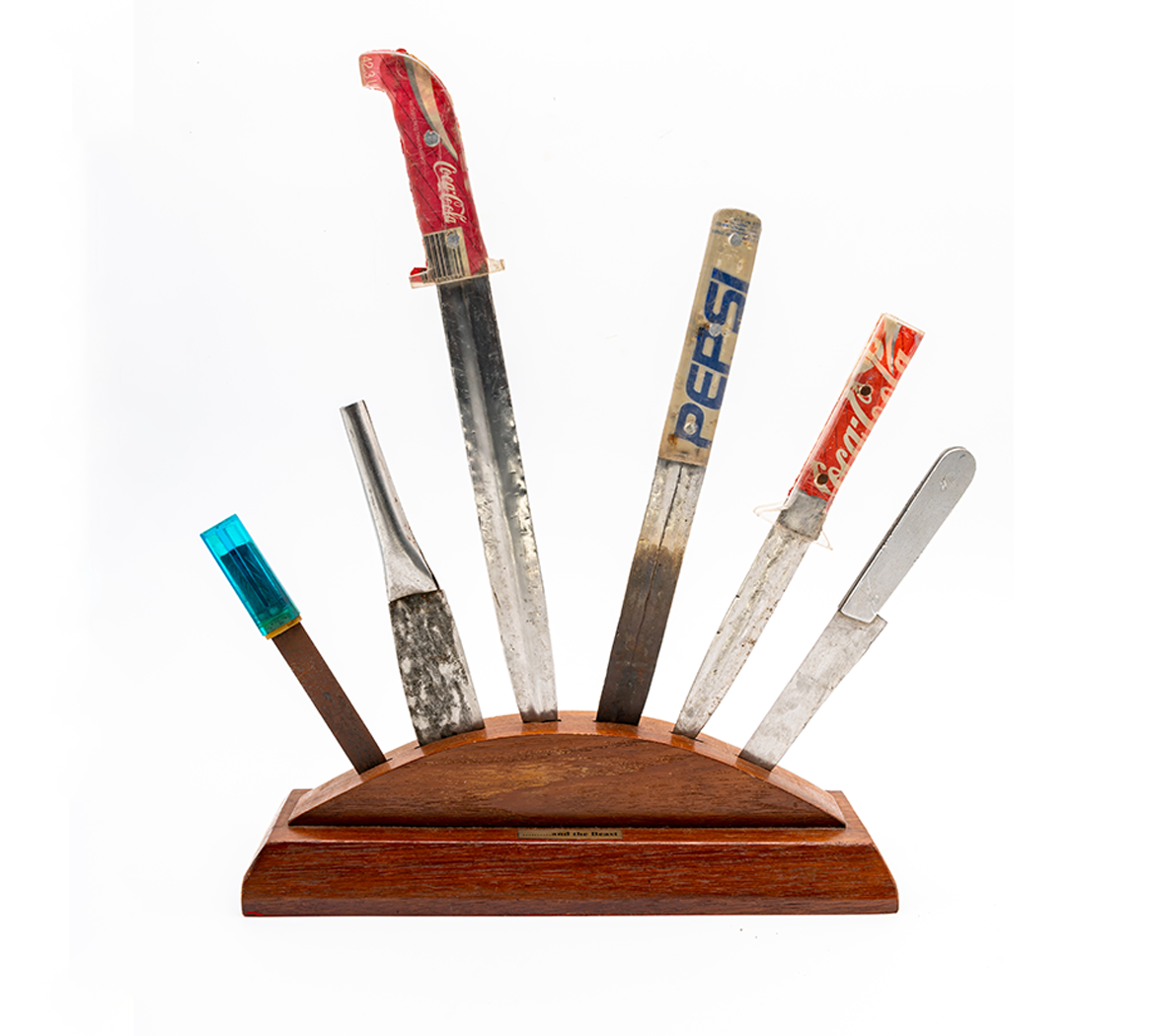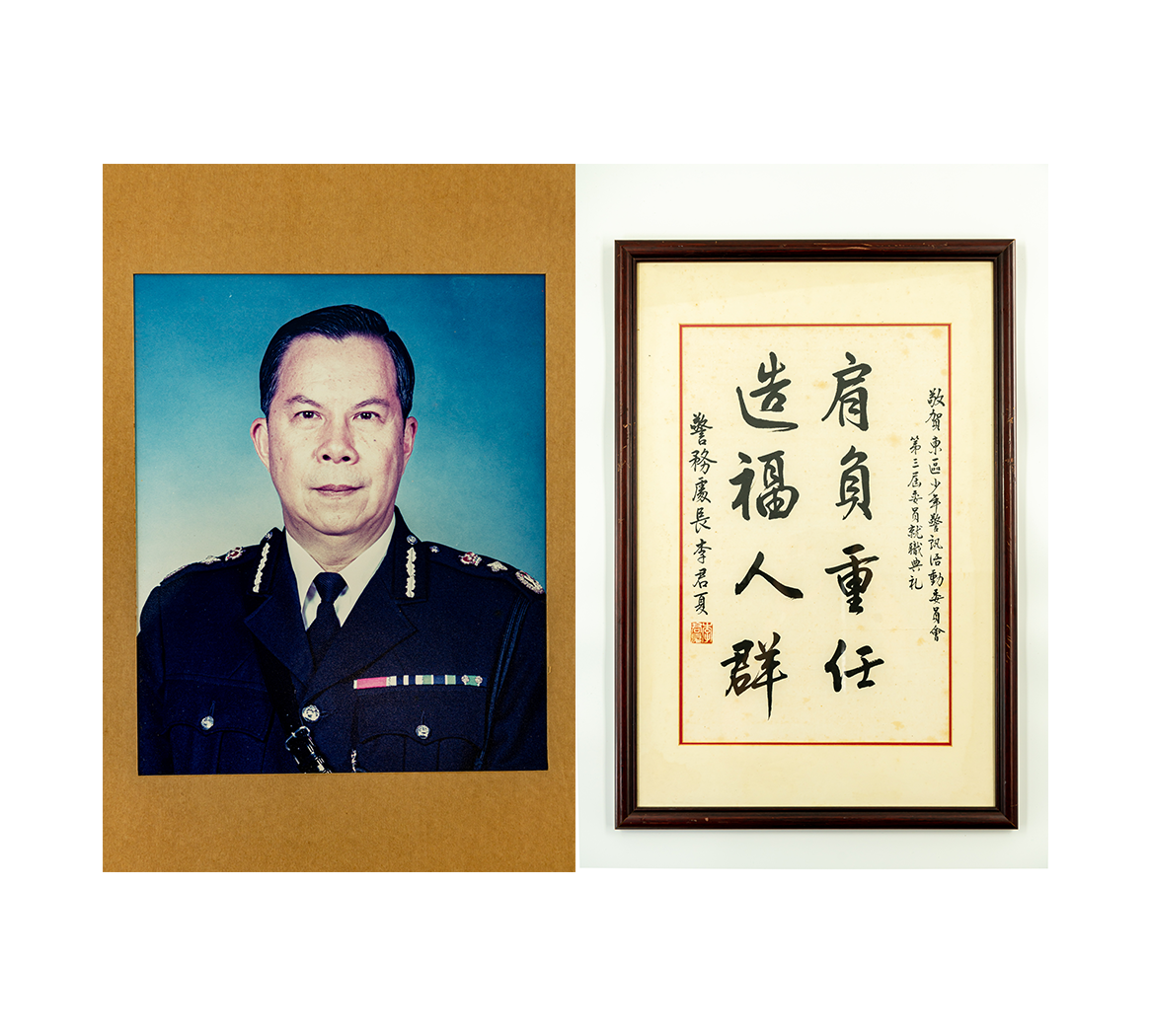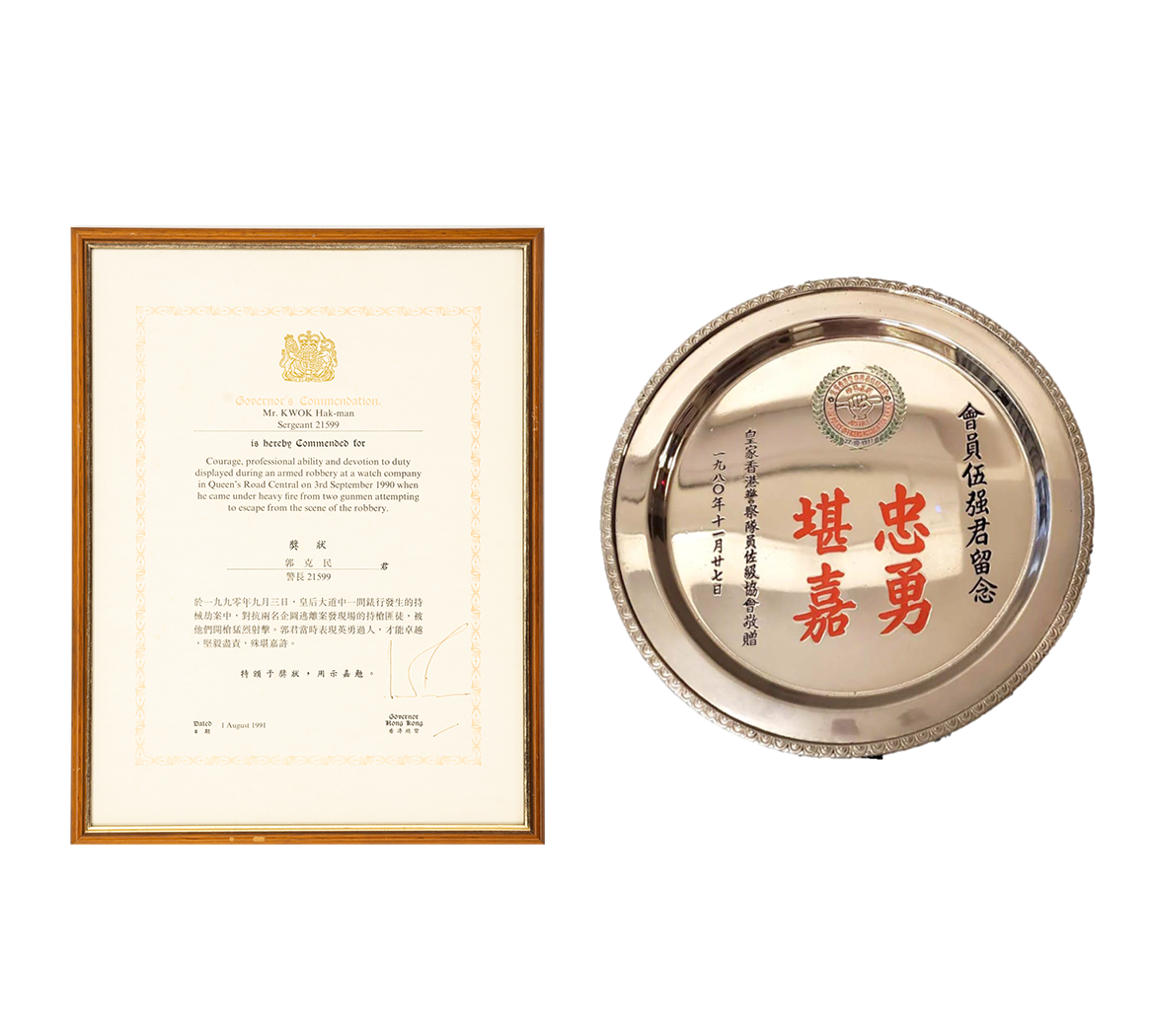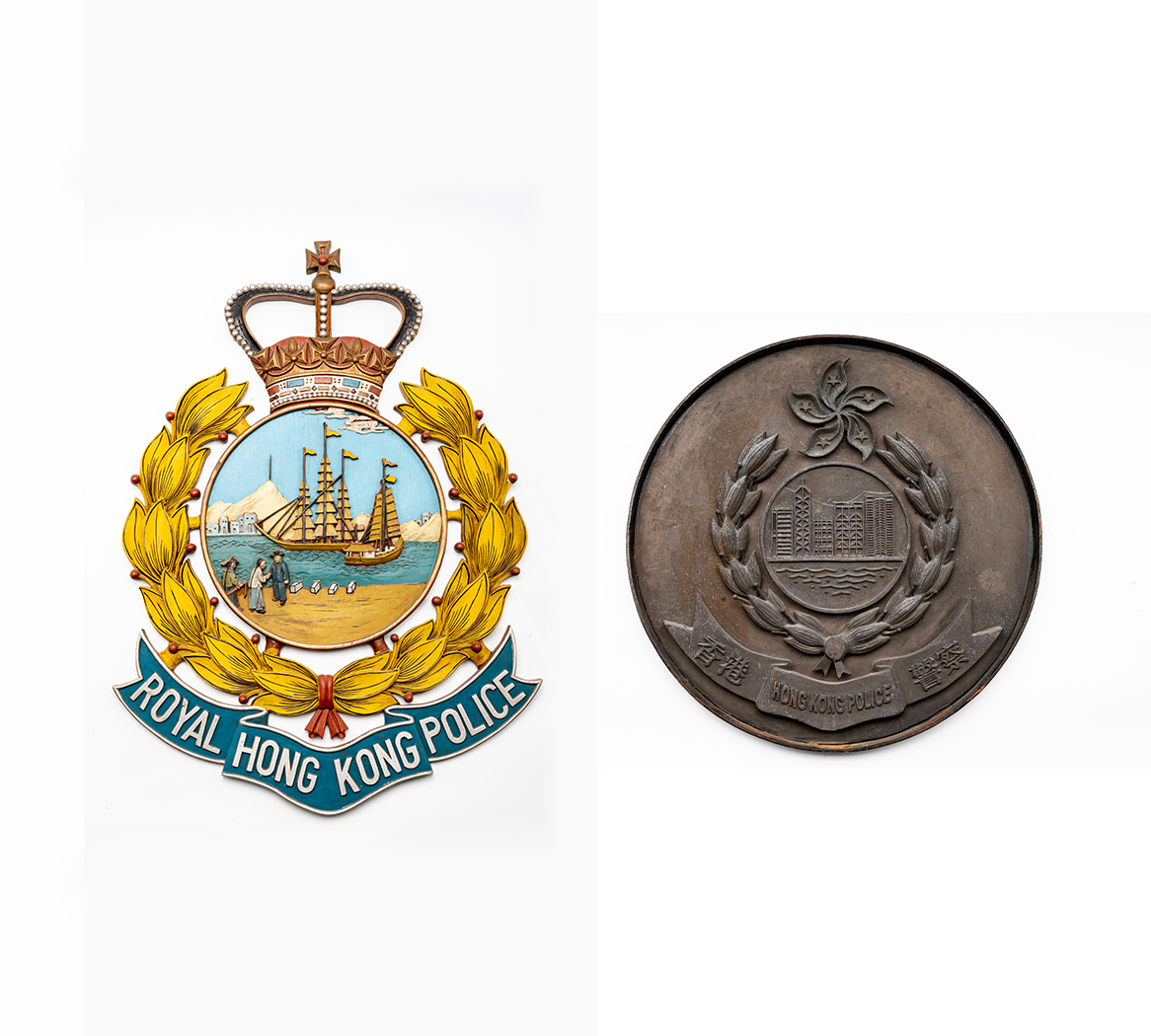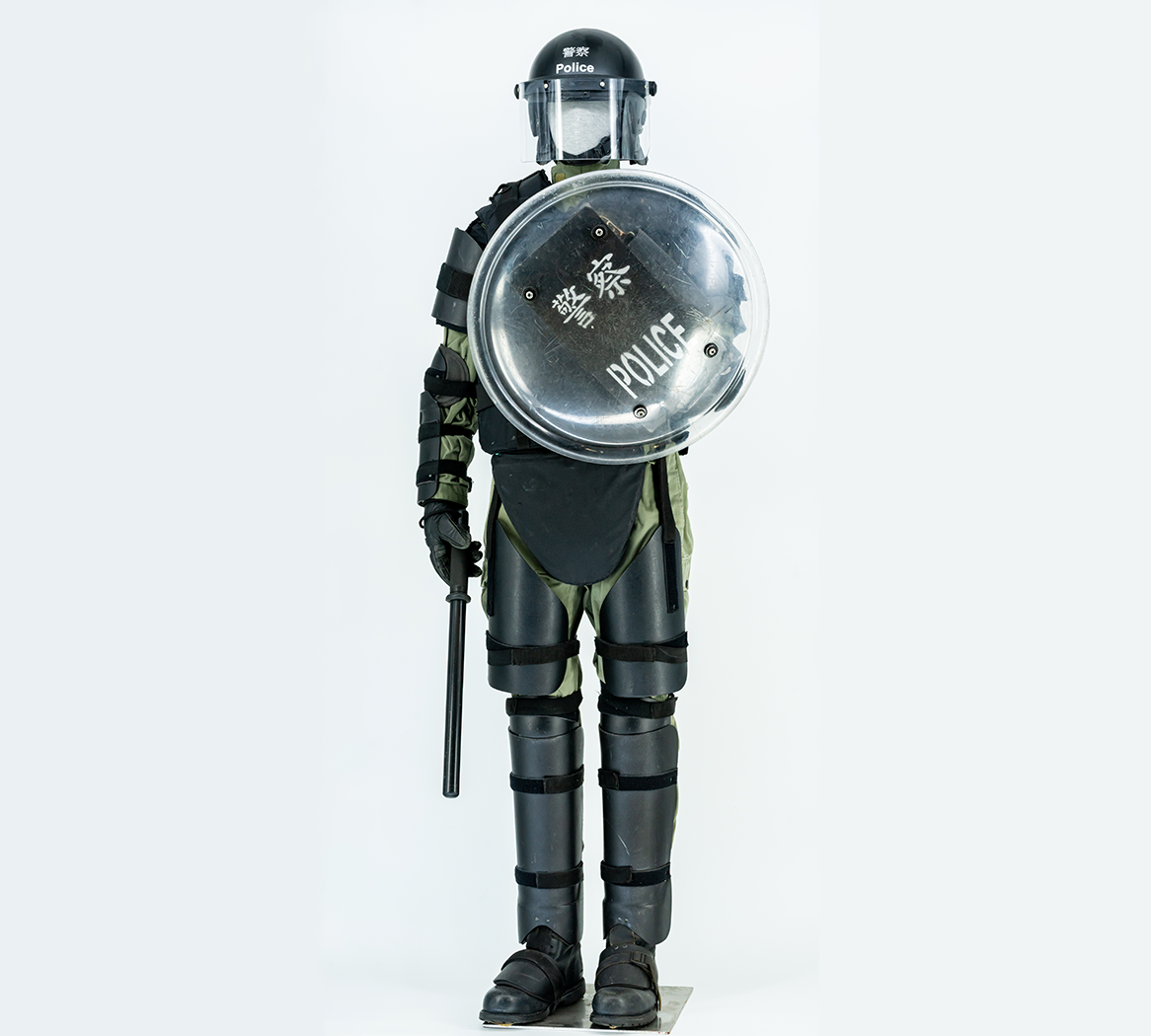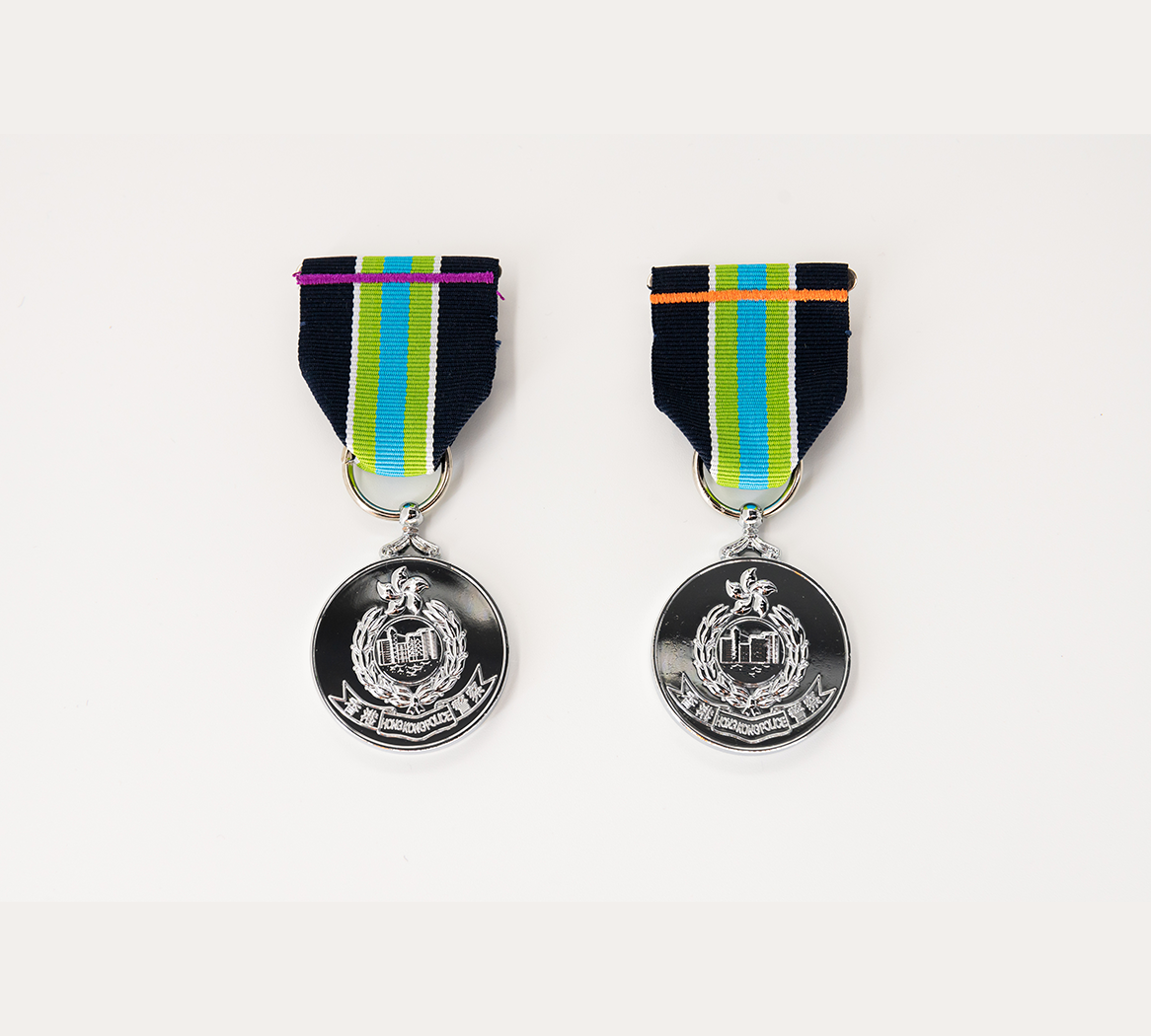Description
The special wedding allowance for female police officers, also known as the “dowry token”, sounds really unbelievable today. It is also somewhat unbelievable that female police officers were paid 20% less than their male colleagues. The first female police officer in the Hong Kong Police Force was Malaysian-Chinese Ms. Kimmy Koh who joined in December 1949.
The Force unofficially recruited female searchers in the early 20th century. 44 were recruited in 1949 for work which involved handling of female suspects, prostitutes and children being trafficked. In 1951, female police officers replaced the female searchers. Female officers were paid less than their male colleagues but they were not required to work on night shift. Female police officers were trained alongside male officers in foot drill and were taught about the Protection of Women and Juveniles Ordinance. Equal pay for equal work for men and women was introduced in 1974.
It is worth noting that in the past, uniformed female officers were not equipped with any weaponry for their daily duties. The situation remained unchanged until January 1995 when newly recruited female officers were required to participate in firearms training, carry a firearm on duty and undergo training in the Police Tactical Unit. Prior to that, female officers who had joined the Force could choose whether to carry a firearm or not. However, female officers stationed in the Criminal Investigation Department also carried firearms when their duties required. Lam Oi-sze, one of the first ten female police officers to be admitted to the Police Training School, was the first female police officer to carry a revolver when investigating a murder case in 1953.
Female police officers had different uniforms to suit their working environment. In the past, they wore western skirts on daily duties, trousers for special operations and trouser skirts when driving motorcycles. In the 1960s, female officers sometimes had to accompany doctors of the Department of Health to the countryside for medical consultations. In those days, female police officers carried handbags, and wore high heels, jumpers and raincoats, dressed like office ladies.
In the 1950s and 1960s, many female police officers had to wear trousers and stand in traffic pagodas to direct traffic. They were also the mainstay of community education and work with women and children. Female officers gave seminars on road safety at primary and secondary schools and manned mobile report rooms. In the early days, when abandoned babies were common in Hong Kong, female officers were involved in dealing with these cases and served as provisional guardians for the babies. When demonstrations occurred involving women, children and students, female officers were often at the forefront of crowd management.
In the late 1990s, the uniforms of female officers were changed and became similar to those worn by male officers. This indicates that the work and role of female officers were no longer different from that of male officers. Nowadays, women are treated no differently to men.

